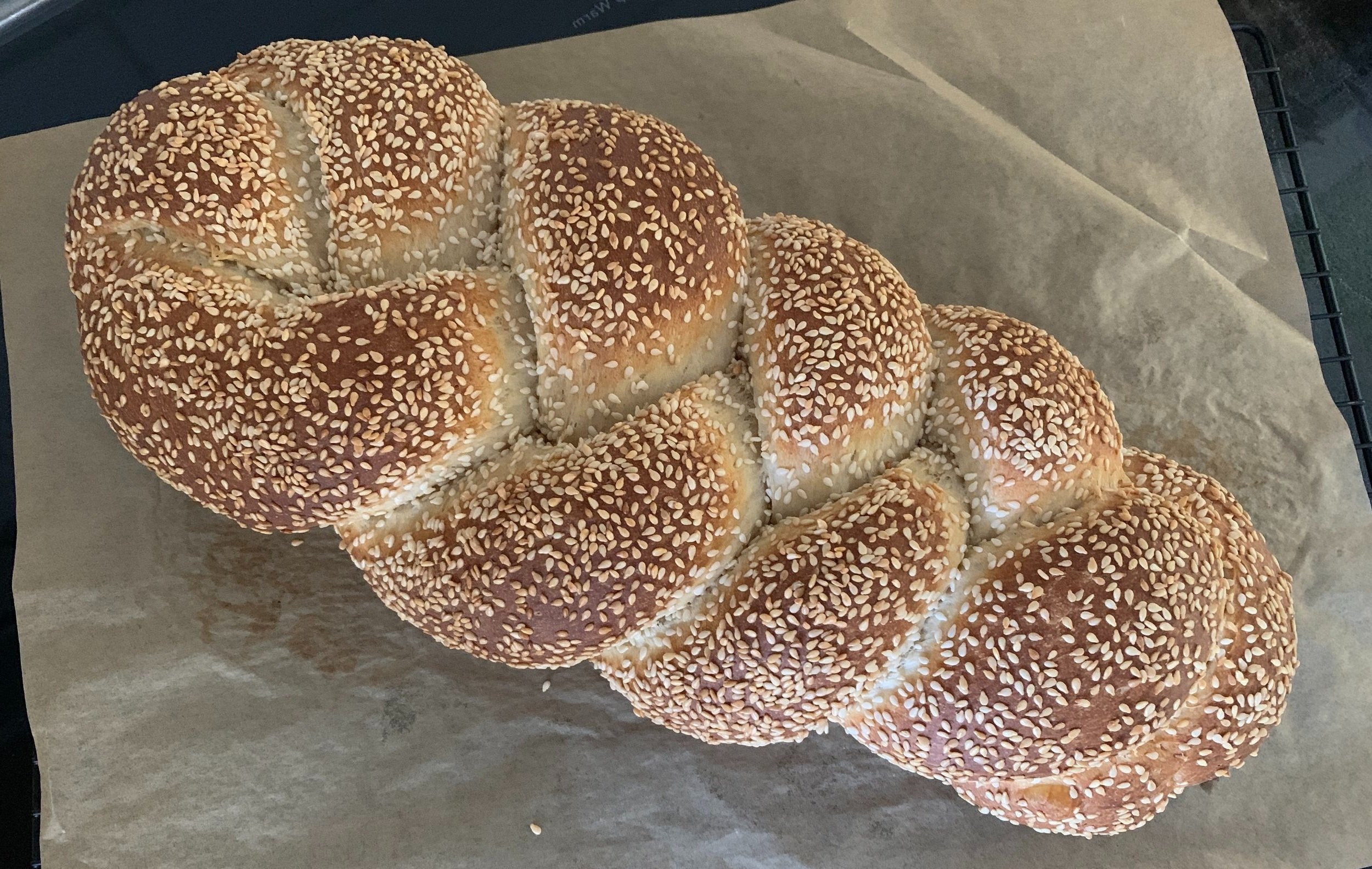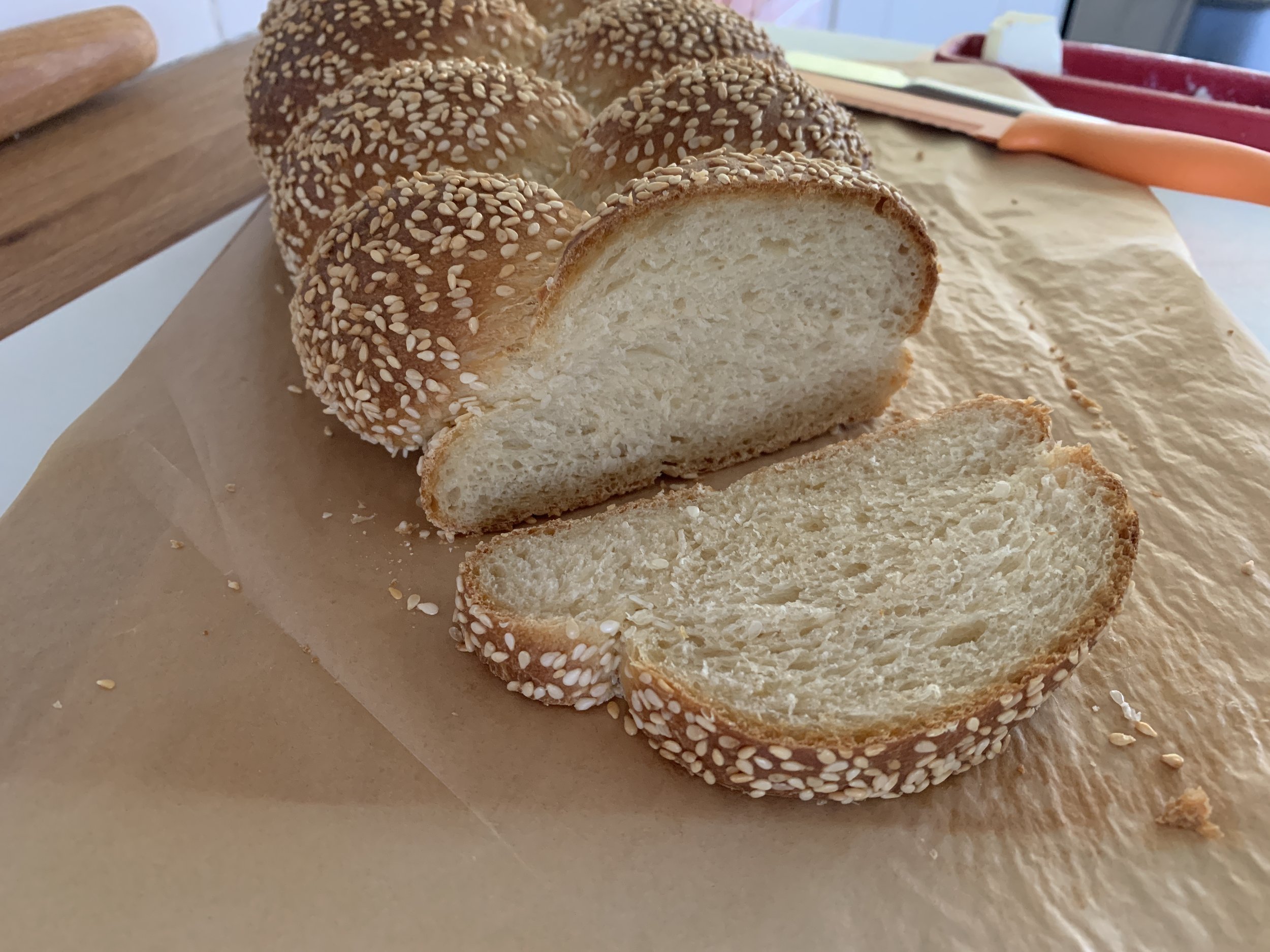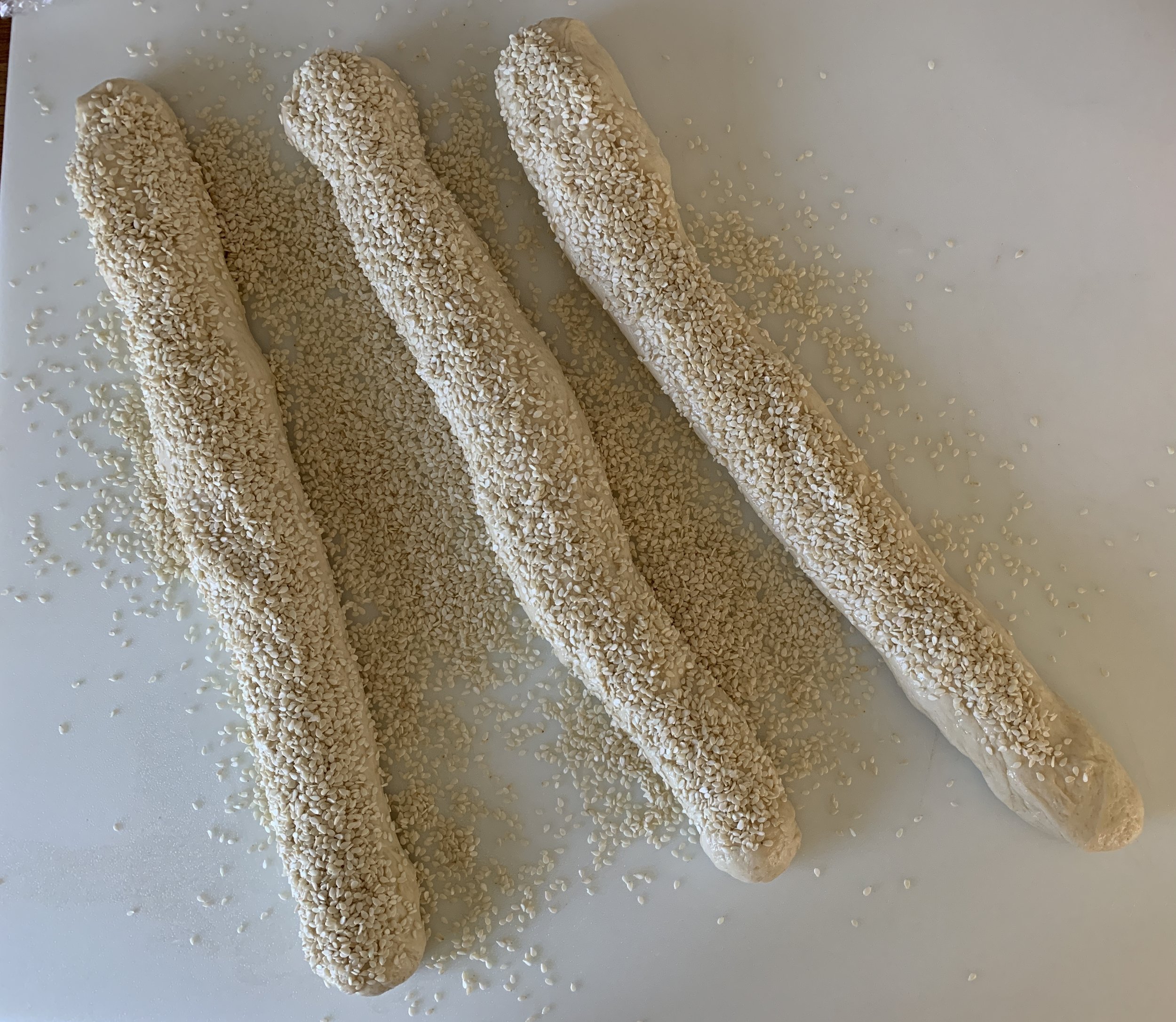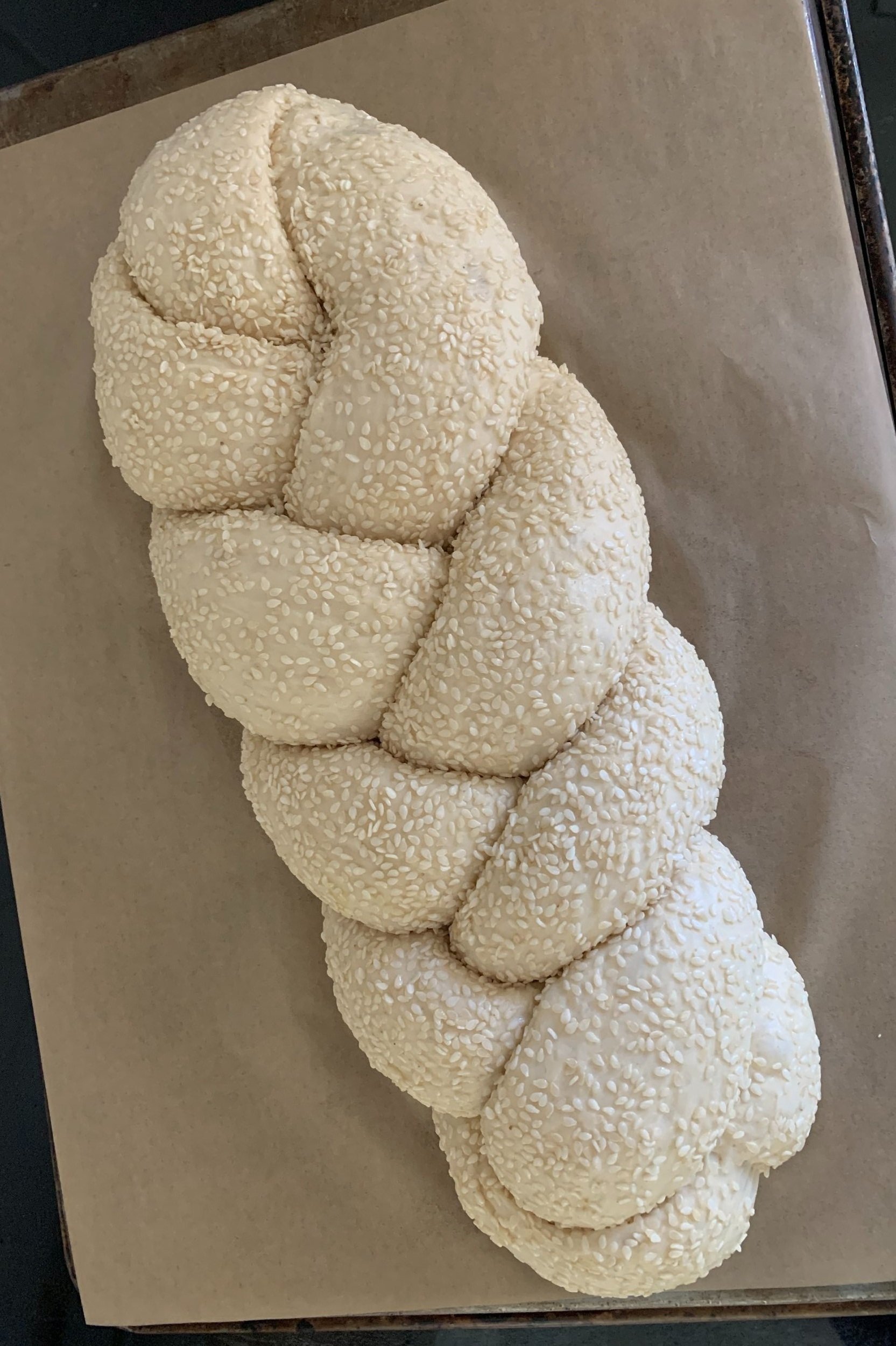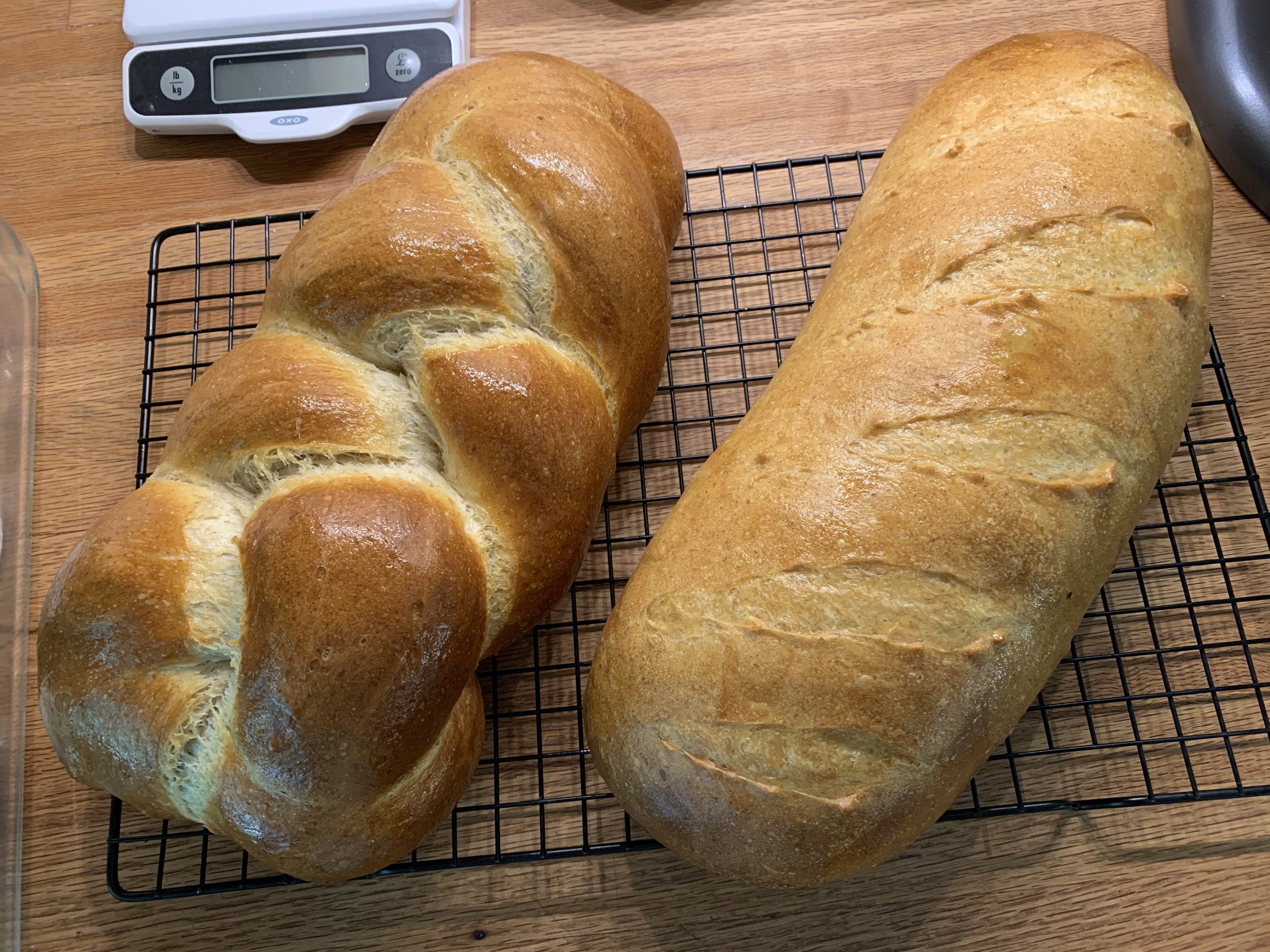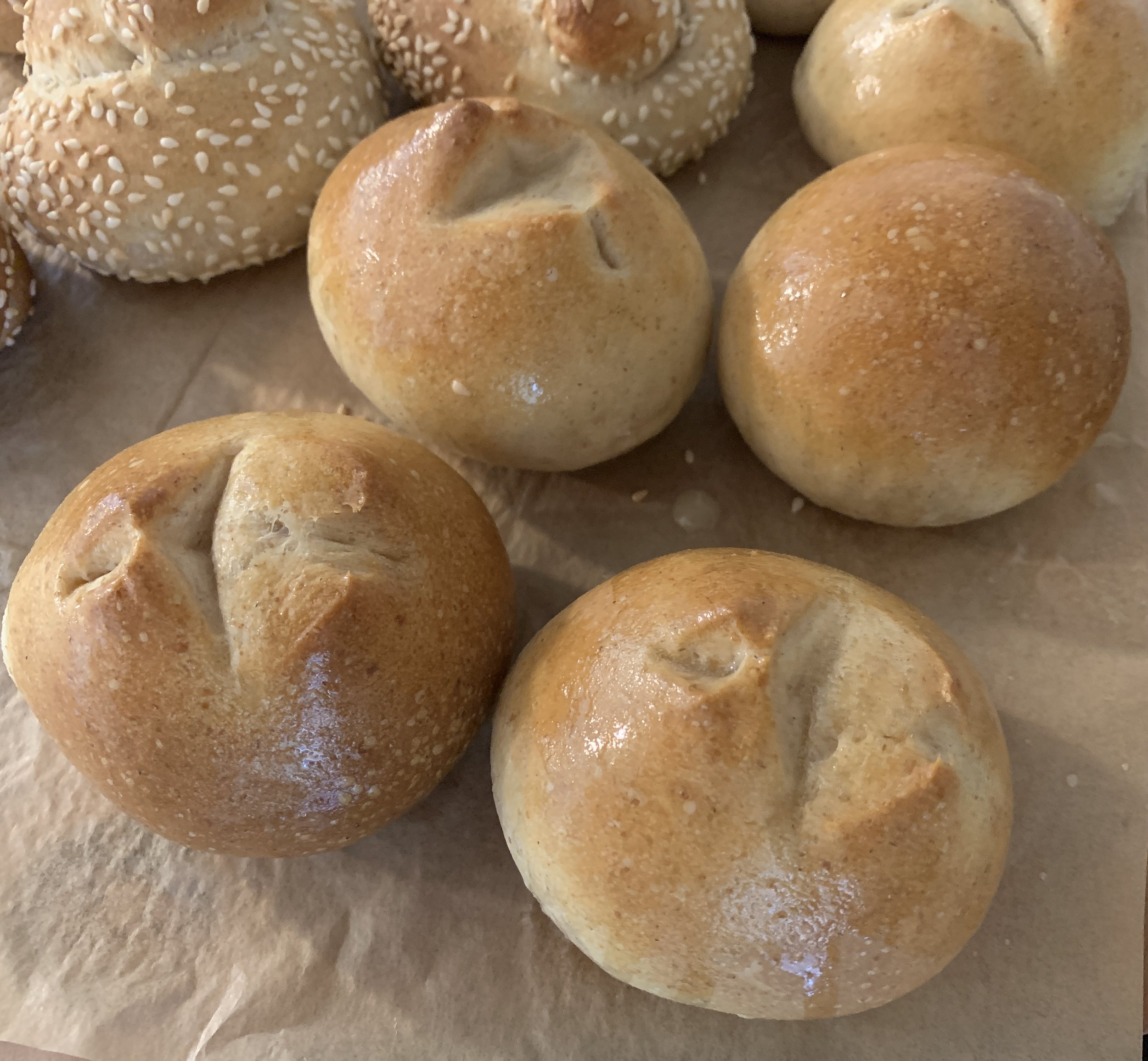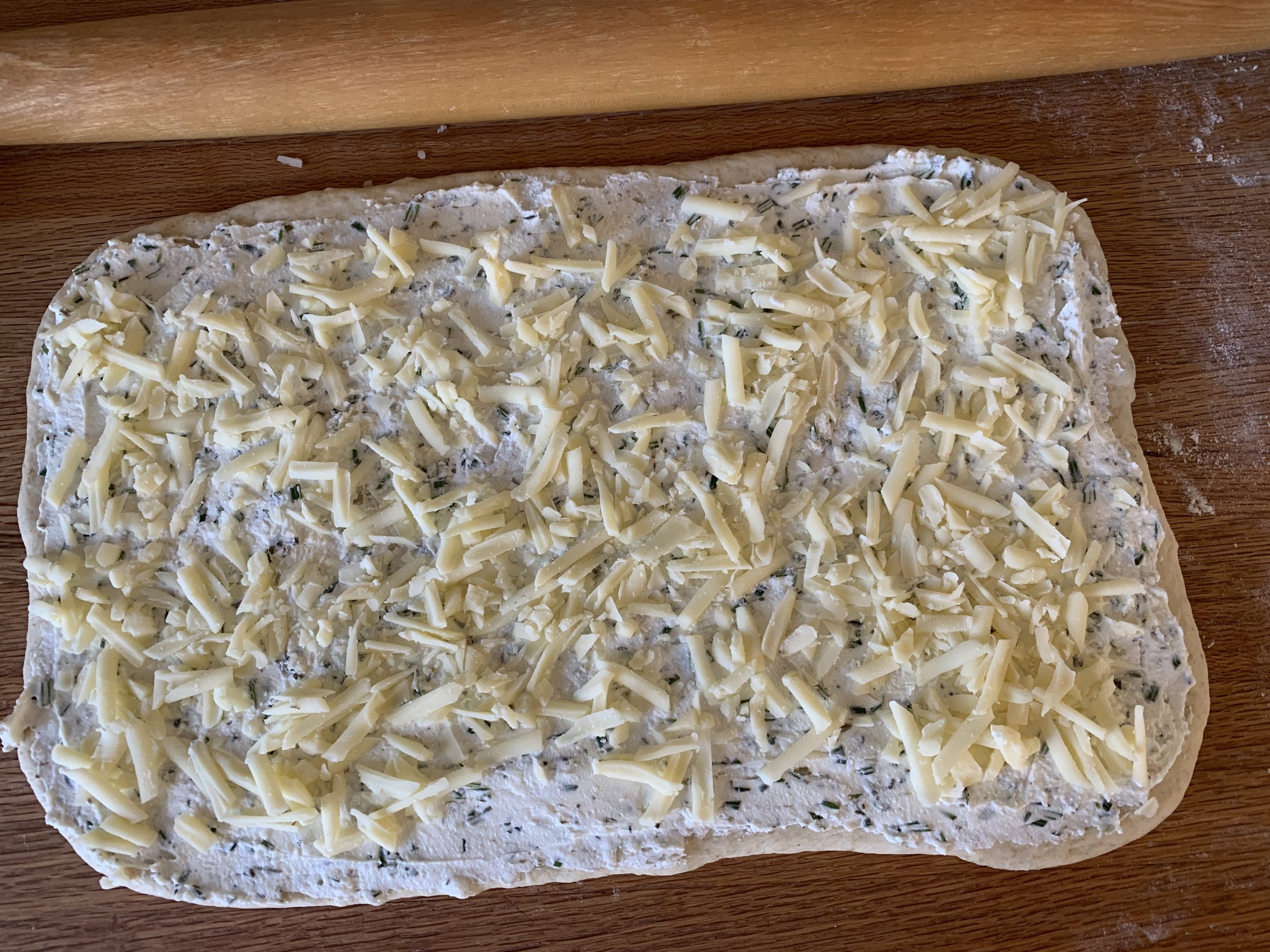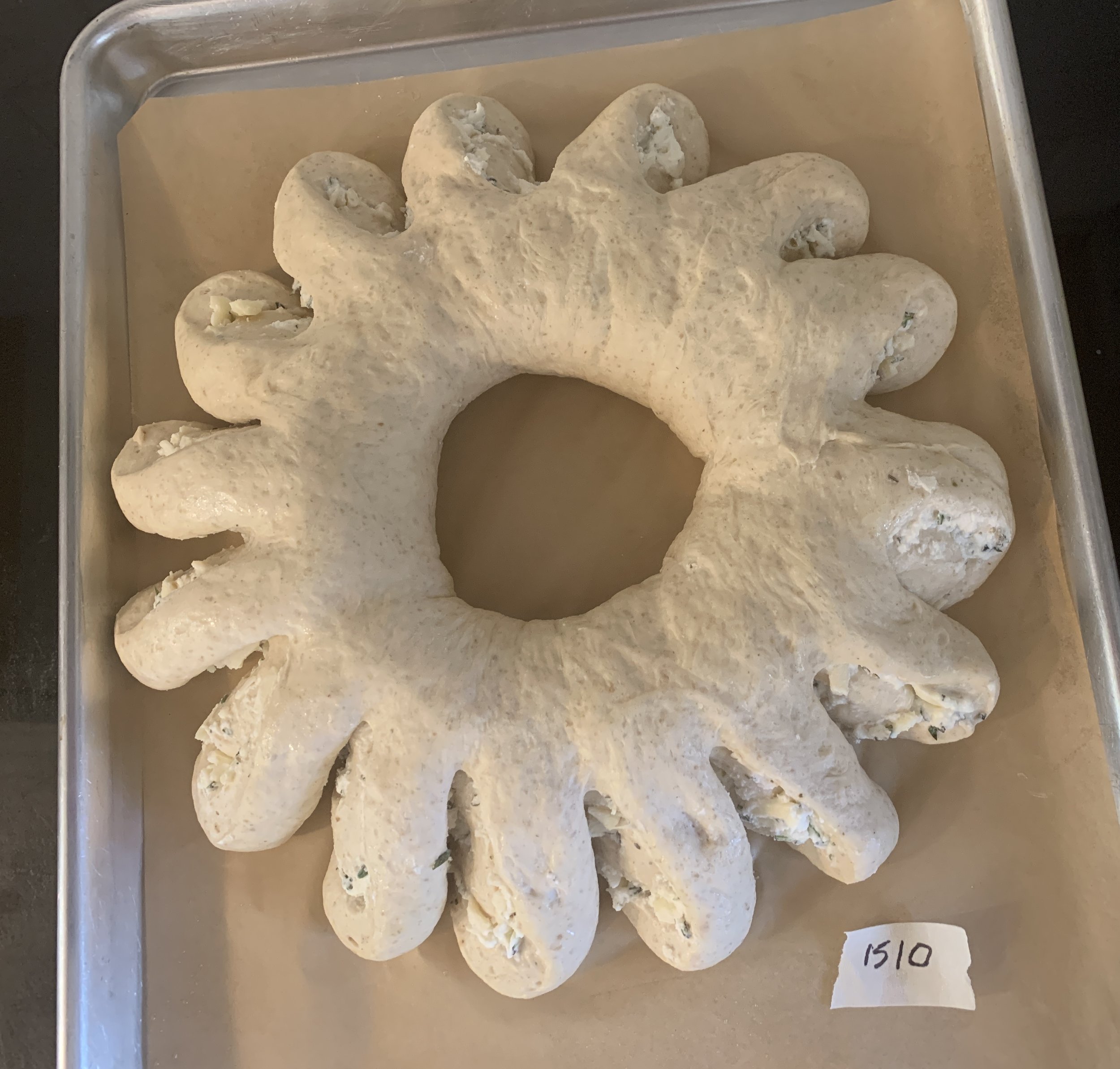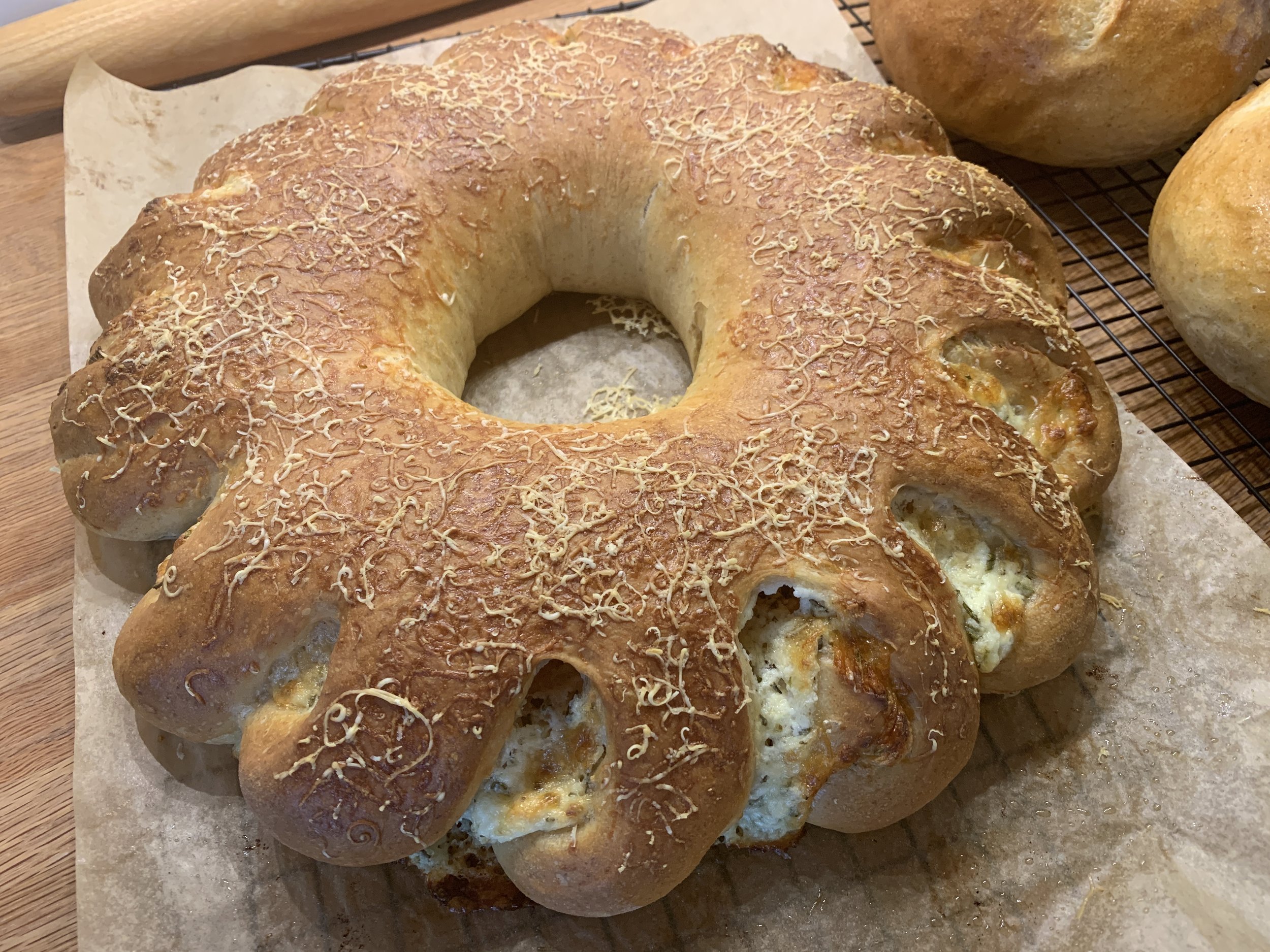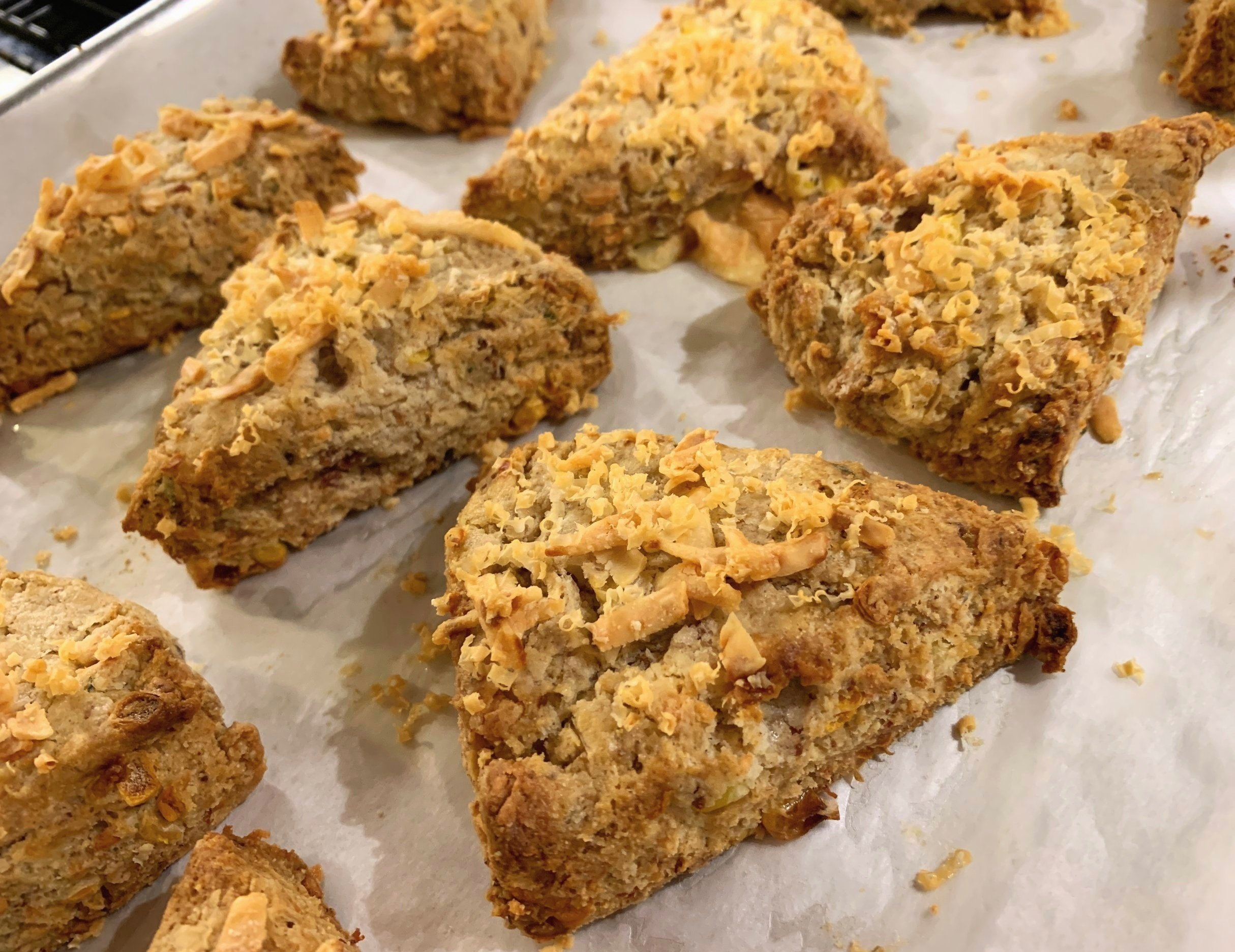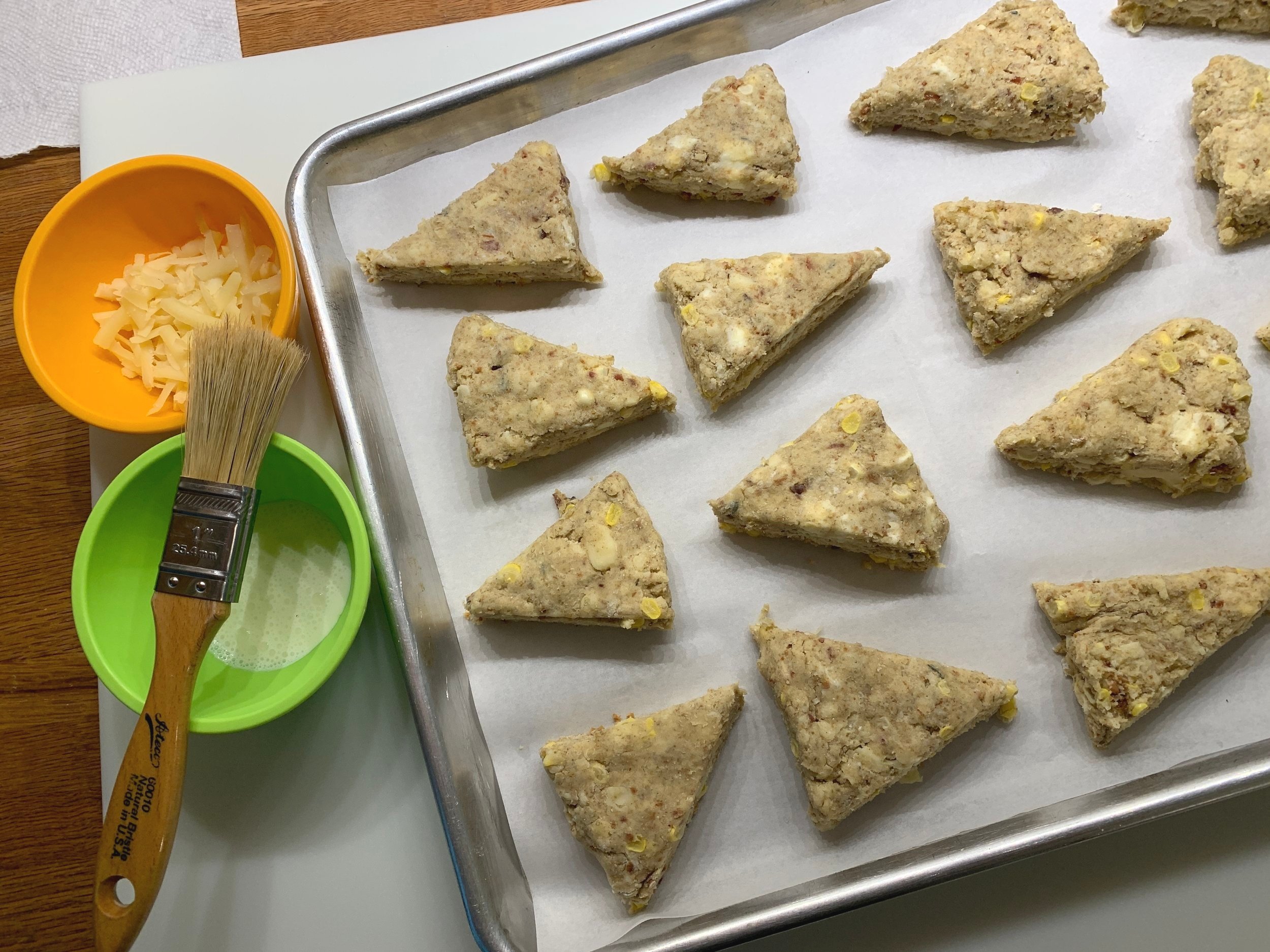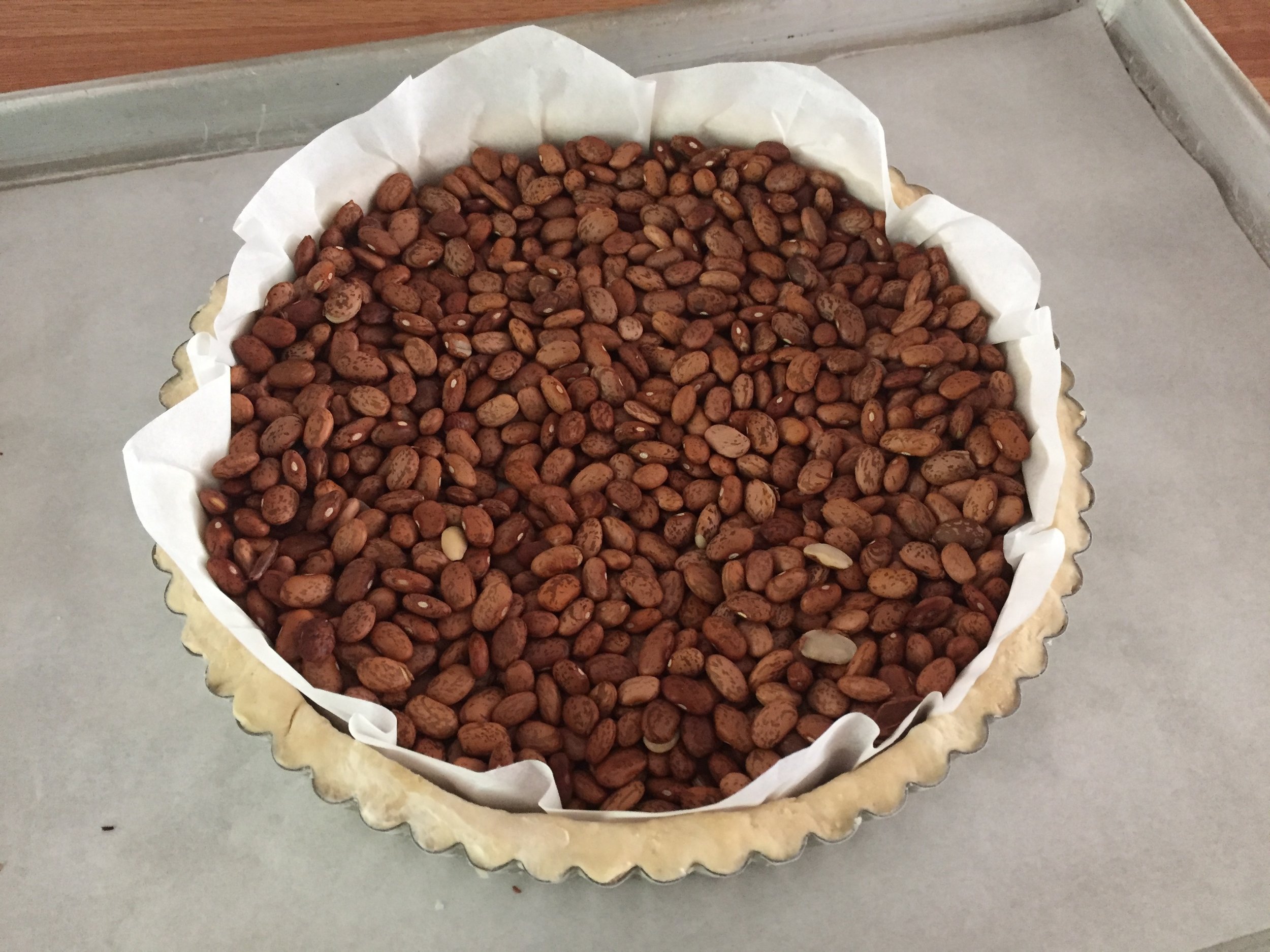Quiche
/Sometimes I’m amazed at the baking adventures that I HAVEN’T written about. You would think that with my penchant for French-y type bakes, quiche would be at the top of my list.
I’ve made quiche a number of times and have enjoyed some delicious versions in various eateries both locally and on our European travels over the years. Let’s do it!
Some months ago I was tasked with making two quiches for my friend Kim down the road. I decided on a classic Lorraine type version with bacon and Gruyère and a broccoli/cheddar/caramelized onion number. The latter is what I’m highlighting here.
You know how I’m always going on about planning ahead for your baking projects. Well this is one great plan ahead-er. Blind bake your crust and hold it in the freezer for a day or two until you’re ready to fill and bake; make the custard base a day ahead and hold in the fridge; prep filling additions too, like blanching veggies, grating cheese, caramelizing onions. It makes it all so much smoother.
NOTE: I always blind bake the crust for quiche. Nothing is more disappointing than cutting into a piece of quiche and finding a soggy and nearly raw or barely baked bottom. Not cool!
Ready for assembly!
I prefer using my standard pâte brisée for the crust. If you’d like a refresher tutorial on that, check this post out. For savory applications like this, the crust is especially tasty when you sub in spelt and rye flours for some of the all purpose.
As many of you know, I’m a recipe comparer and often take tidbits from similar recipes to make my own version. The base custard filling is one of those, being an amalgam of a quiche recipe in the October, 2018 issue of Saveur and one from the book “Tartine” by Robertson and Prueitt. The one thing that makes it different is the addition of flour to the traditional milk/cream/egg in classic quiche recipes. It enhances the texture, making it more velvet-y.
Here’s my full recipe PDF for quiche Lorraine, including pâte brisée and steps for its preparation as well this broccoli/cheddar filling option + one more.
My blind baked crust is ready (using a deep fluted 9” tart pan as seen above). I blanched a cup of broccoli florets, grated 113 g / 4 ounces cheddar (I like Cabot’s seriously sharp cheddar) and caramelized a pound of sweet onions.
If you’ve made your custard ahead, just re-whisk it before pouring it in. It’s made with one cup whole milk, one cup heavy cream, 4 large eggs + one large yolk, 4 tablespoons all purpose flour, a teaspoon kosher salt, 1/2 teaspoon freshly ground pepper, a tablespoon of chopped fresh thyme (or herbs of choice) and a few grates of fresh nutmeg.
Heat your oven to 375ºF. Place your already blind baked crust on a parchment lined sheet pan. Distribute your filling additions evenly over the bottom.
Start of assembly
Carefully pour your custard in, letting it settle into the crevices as you go. Fill to just below the rim. Keep any filling you might have left.
Carefully place the panned up quiche into your heated oven and bake 10-15 minutes. Now, if you have leftover filling, poke a hole in the center of the quiche with a paring knife and slowly pour in the remaining custard. Reduce oven temp to 325ºF and continue to bake an additional 35-40 minutes.
The center should feel firm - look for puffing, light browning and the filling set.
Just out of the oven
Let cool on a wire rack 20-30 minutes to allow the custard to set up before slicing. Serve warm or at room temperature.
Since I was making this for someone else, I decided to make a second one for Steve and myself - gotta test the product, don’t ya know.
We enjoyed a slice with a green salad and glass of red. Delicious!
Leftovers keep in the fridge over 2-3 days. Just warm up in a 325º oven for 15 minutes or so. Next day’s breakfast, brunch or lunch here we come!
A tasty light meal!
Create your own favorite combo of goodies for your next quiche and enjoy!
It’s February! What are you making for Valentine’s Day?? Have fun!









